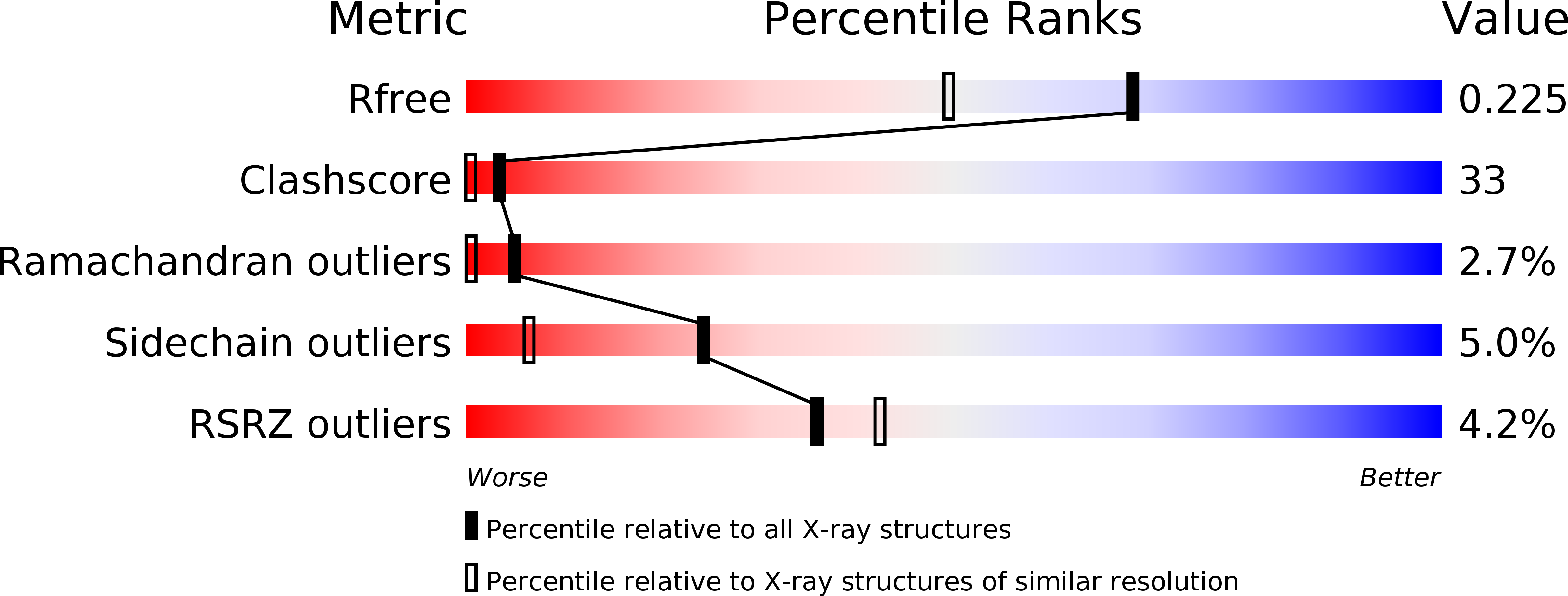
Deposition Date
2008-02-04
Release Date
2008-04-01
Last Version Date
2023-12-13
Method Details:
Experimental Method:
Resolution:
1.76 Å
R-Value Free:
0.22
R-Value Work:
0.15
R-Value Observed:
0.16
Space Group:
P 43


